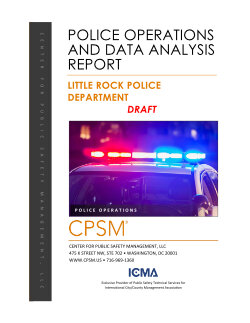By David S. Abrams, Hanming Fang and Priyanka Goonetilleke
Police “stop-and-frisks” of pedestrians and motorists have become an increasingly controversial tactic, given low average rates of contraband discovery, incidents of abuse, and evidence of racial disparity. Study of the tactic by economists has been much influenced by Knowles, Persico, and Todd (2001; hereafter, KPT) who first suggested the use of a “hit rate” (contraband discovery rate per frisk) test to distinguish racial prejudice from statistical discrimination in highway searches by police officers. Models used by KPT and almost all subsequent literature (e.g., Anwar and Fang 2006) on the subject imply diminishing marginal returns to frisks. That is, if frisks decrease substantially, the rate of contraband discovery should rise, ceteris paribus. This is the first paper to test this assumption empirically using arguably exogenous variations in frisk rates (cf. Feigenberg and Miller 2022). 1 We study the period around the nationwide protests that followed the killing of George Floyd on May 25, 2020, after which police frisks dropped tremendously and rapidly. Using extremely granular data from Chicago, we find that hit rates increased as police frisks plunged, in line with the predictions of KPT.
AEA Papers and Proceedings 2022, 112: 178–183 ,2022. 7p.





















